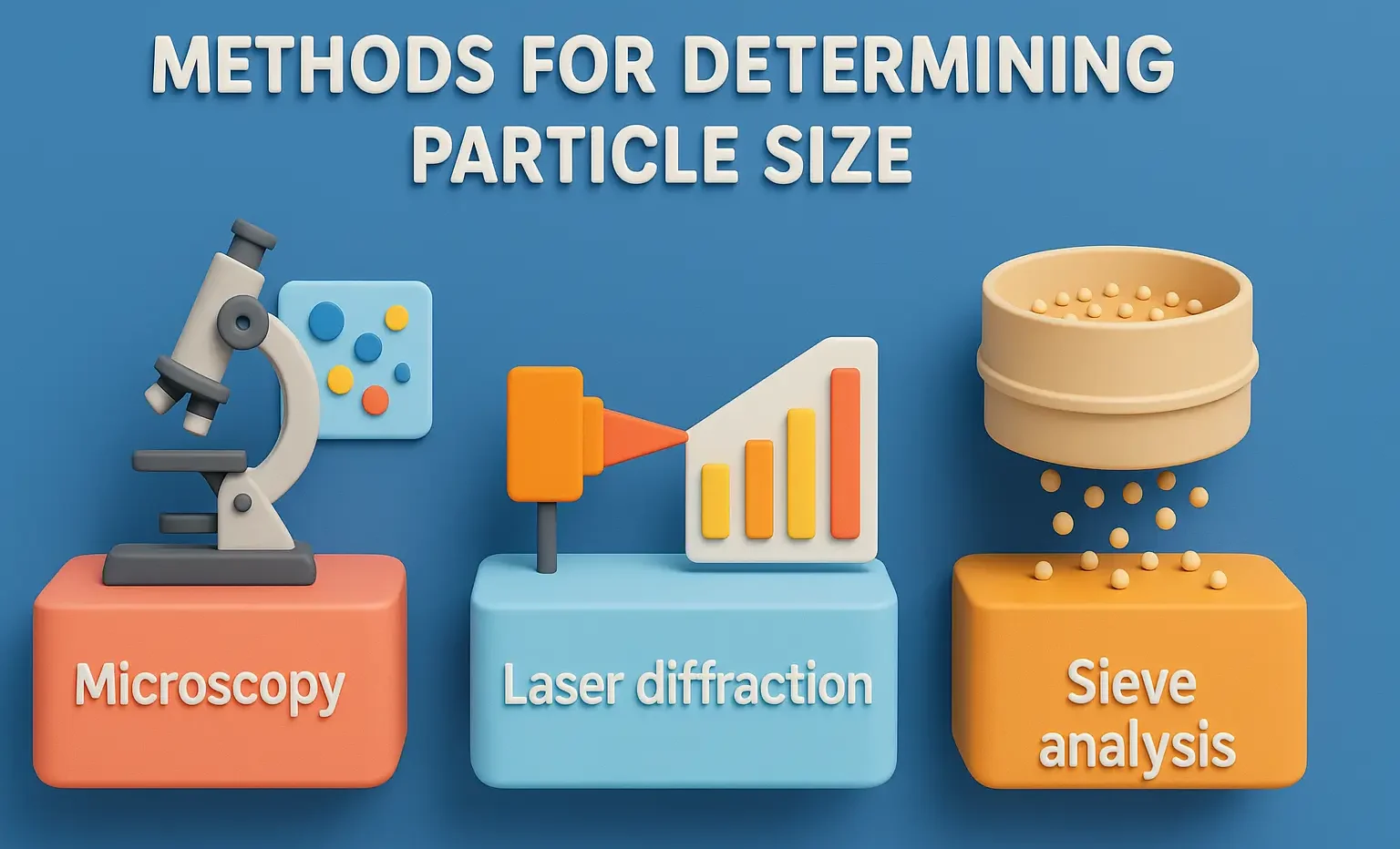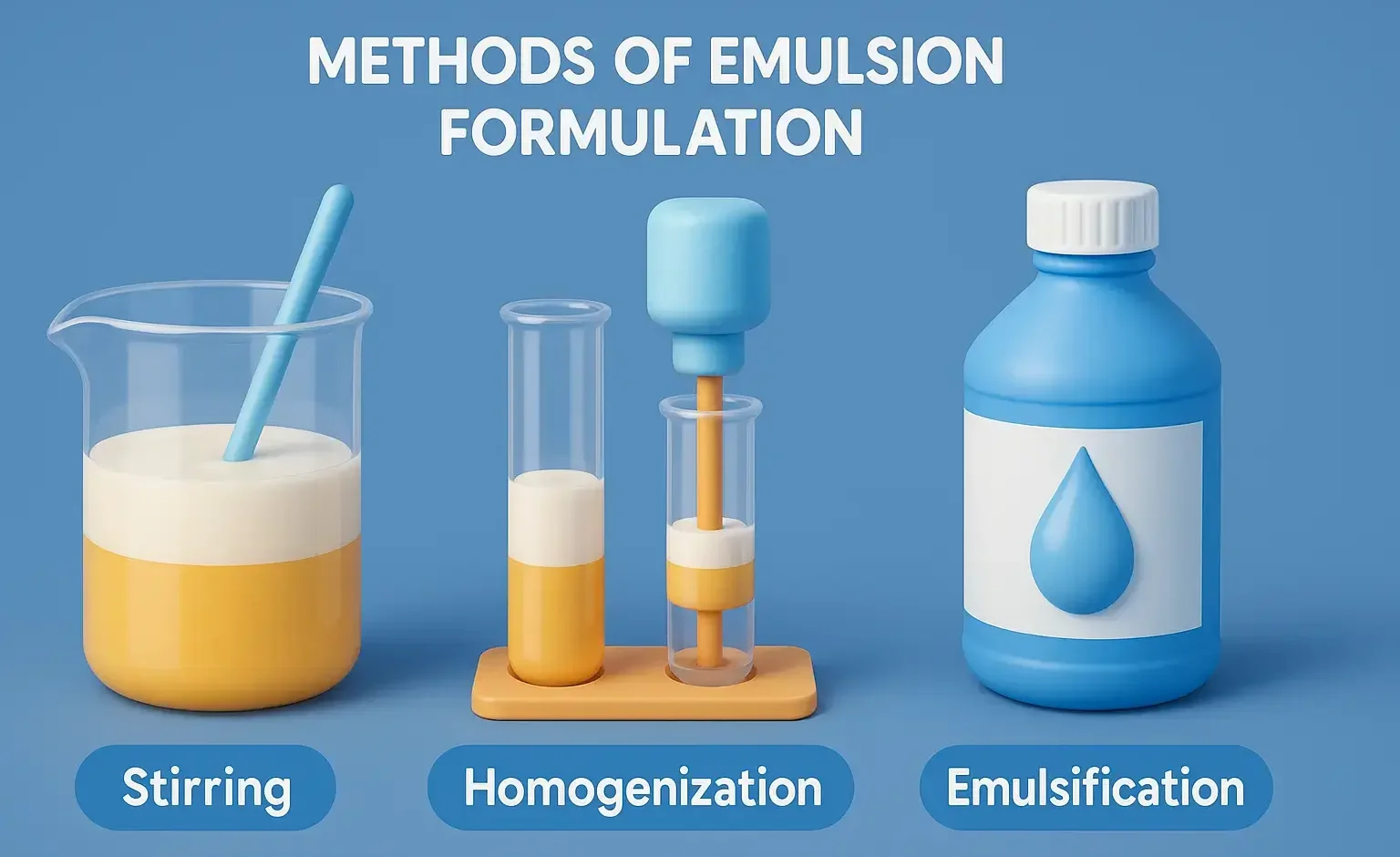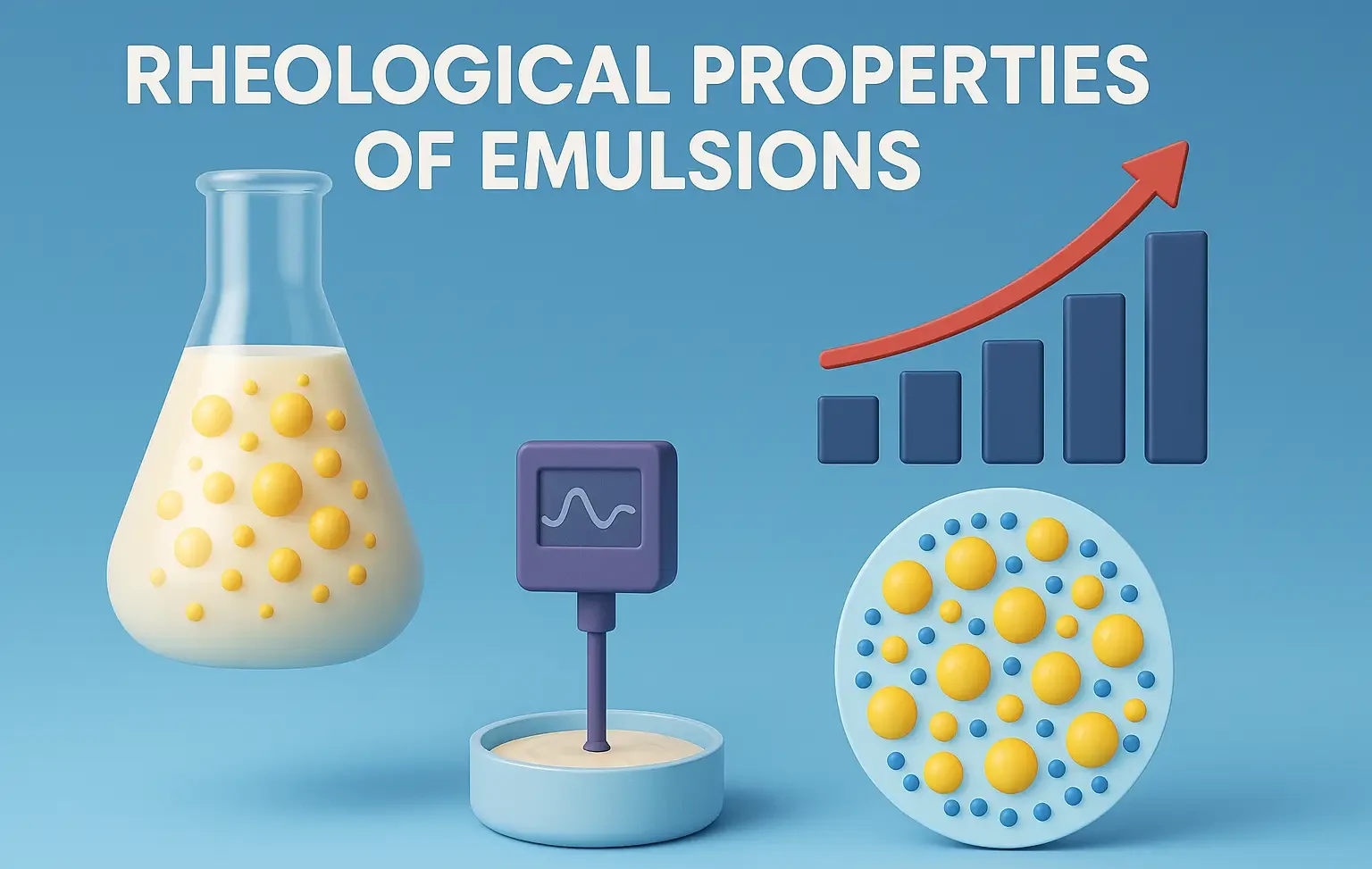Counting Methods
Counting Methods aid in micromeritics, ensuring accuracy in particle size analysis. These are the techniques to determine particle numbers in dispersions and powders. These determine size by counting individual particles and measuring them directly. Microscopy Optical Microscopy: Suitable for particles in the 1–100 µm range. A small amount of sample is spread on a slide, … Read more









